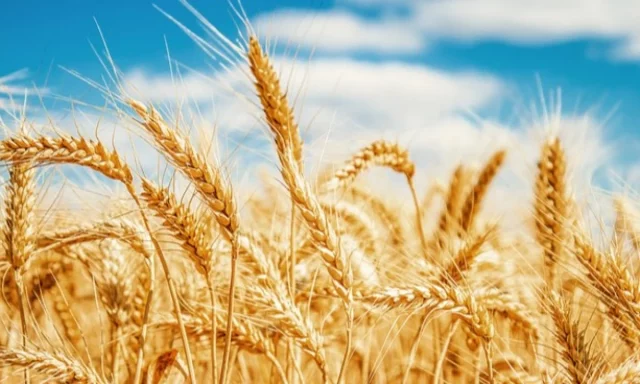Table of Contents
Introduction
The wheat disease seriously threatens global food security, affecting crop yield and quality. Practical solutions to combat these diseases are crucial for ensuring stable food production. In recent years, advancements in technology have opened up new possibilities, and one promising tool in the agricultural arsenal is artificial intelligence (AI). By leveraging AI’s capabilities in data analysis and pattern recognition, researchers and farmers are exploring innovative ways to tackle wheat disease. In this article, we will delve into the potential of AI in solving wheat disease, exploring its applications, challenges, and future prospects. Moreover, we will highlight the role of data annotation services in training AI models to accurately detect and diagnose diseases, propelling the advancement of AI-driven solutions in agriculture.
Understanding Wheat Disease
Common Types of Wheat Diseases and Their Characteristics
Wheat crops are susceptible to diseases caused by pathogens, environmental factors, or genetic disorders. Familiarizing ourselves with the common types of wheat diseases and their characteristics is essential for effective disease management. Some prevalent wheat diseases include rusts (leaf, stem, and stripe rust), powdery mildew, Fusarium head blight (scab), and Septoria leaf spot. Each disease exhibits distinct symptoms, such as discoloration, lesions, necrosis, or fungal growth, which affect various parts of the plant at different stages of growth.
Impact of Wheat Disease on Crop Yield and Quality
Wheat diseases can devastate crop yield and quality. They can cause significant yield losses by reducing the number of productive tillers, inhibiting photosynthesis, affecting grain development, and even leading to complete crop failure under severe infestations. Furthermore, infected wheat grains may exhibit reduced quality attributes, such as lower protein content, altered nutritional composition, or increased levels of mycotoxins, posing risks to human and animal health.
Role of Data Annotation in Tackling Wheat Disease
Data annotation is vital in effectively leveraging artificial intelligence (AI) to tackle wheat disease. Accurate and high-quality annotations of wheat disease-related data, such as images or sensor data, are essential for training AI models to recognize and diagnose diseases accurately. Expert annotators can mark and label disease symptoms, infected regions, and healthy plant parts, enabling AI algorithms to learn and distinguish between different diseases and their characteristics. The annotation quality is crucial in ensuring the AI models receive reliable and comprehensive training data, directly impacting disease detection and diagnosis accuracy and reliability. With reliable annotations, AI-powered systems can assist farmers and agronomists in early disease detection, prompt decision-making, and targeted disease management strategies, ultimately helping to mitigate the impact of wheat diseases on crop yield and quality.
Future of Wheat Disease and AI- Solutions
The future outlook for AI-driven solutions in wheat disease management is promising. Advancements in machine learning algorithms, sensor technology, and data analytics are set to further enhance disease detection, diagnostic accuracy, and efficiency. Additionally, integrating AI with other cutting-edge technologies like blockchain and Internet of Things (IoT) devices holds excellent potential for real-time disease monitoring, predictive modeling, and precision agriculture practices. By continuously refining AI models and expanding the available datasets, researchers aim to develop robust and adaptable solutions that effectively combat emerging and evolving wheat diseases.
Collaboration Between Researchers, Farmers, and AI Experts
Collaboration between researchers, farmers, and AI experts is paramount to accelerate progress in wheat disease management. By combining their collective expertise and resources, stakeholders can exchange valuable insights, validate AI models using real-world data, and develop user-friendly tools tailored to farmers’ needs. Collaborative efforts can foster knowledge sharing, facilitate the integration of AI into existing agricultural practices, and ensure that solutions are practical and accessible for farmers across different regions and scales of operation. This collaborative approach will be essential in adopting AI-driven solutions and maximizing their positive impact on wheat disease management and global food security.








